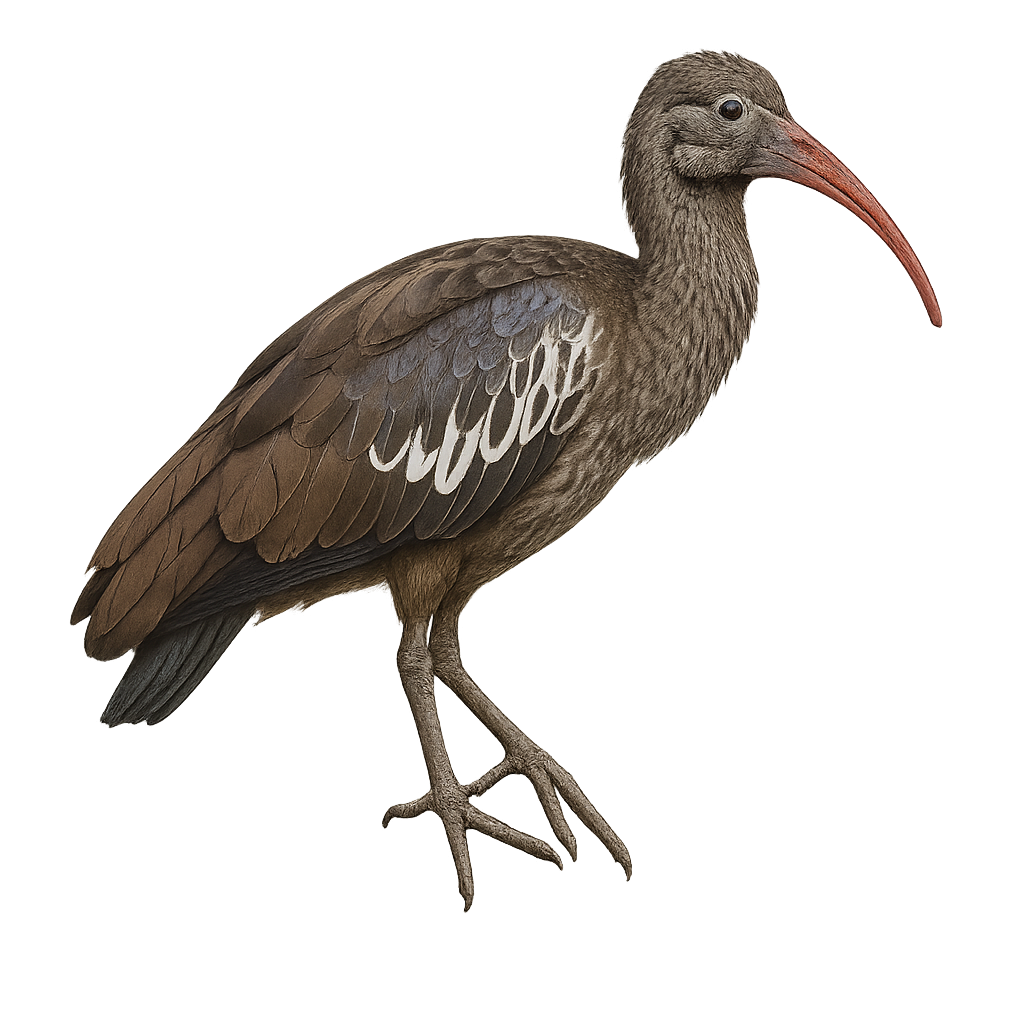Your wildlife photography guide.
Explore the wattled ibis in detail, study its behavior, prepare your shots.
Where to observe and photograph the wattled ibis in the wild
Learn where and when to spot the wattled ibis in the wild, how to identify the species based on distinctive features, and what natural environments it inhabits. The WildlifePhotographer app offers tailored photography tips that reflect the wattled ibis’s behavior, helping you capture better wildlife images. Explore the full species profile for key information including description, habitat, active periods, and approach techniques.
Wattled Ibis
Scientific name: Bostrychia carunculata

IUCN Status: Least Concern
Family: THRESKIORNITHIDAE
Group: Birds
Sensitivity to human approach: Suspicious
Minimum approach distance: 10 m
Courtship display: March to May
Incubation: 28-30 jours
Hatchings: April to June
Habitat:
Wet grasslands, marshes, mountainous valleys
Activity period :
Primarily active during the day, with peak activity in the morning and late afternoon.
Identification and description:
The Wattled Ibis, Bostrychia carunculata, is a bird endemic to the Ethiopian highlands. It is distinguished by its dark brown plumage, characteristic wattles around the base of its beak, and broad wings. This gregarious bird is often seen in small groups, foraging in wet grasslands and marshes. It primarily feeds on insects, worms, and small invertebrates. The Wattled Ibis is a diurnal bird, active mainly in the morning and late afternoon. Its distinctive call, a harsh croak, often echoes through the mountainous valleys. Although relatively tolerant of human presence, it prefers undisturbed areas for nesting and breeding.
Recommended lens:
400 mm – adjust based on distance, desired framing (portrait or habitat), and approach conditions.
Photography tips:
To photograph the Wattled Ibis, it is advisable to use a telephoto lens of at least 400mm to capture details without disturbing the bird. Favor morning or late afternoon hours when the light is soft and the bird is most active. Be patient and discreet, approaching slowly to avoid scaring it away. A tripod can be helpful to stabilize your camera, especially if using a heavy lens.
The WildlifePhotographer App is coming soon!
Be the first to explore the best nature spots, track rutting seasons, log your observations, and observe more wildlife.
Already 1 439 wildlife lovers subscribed worldwide

